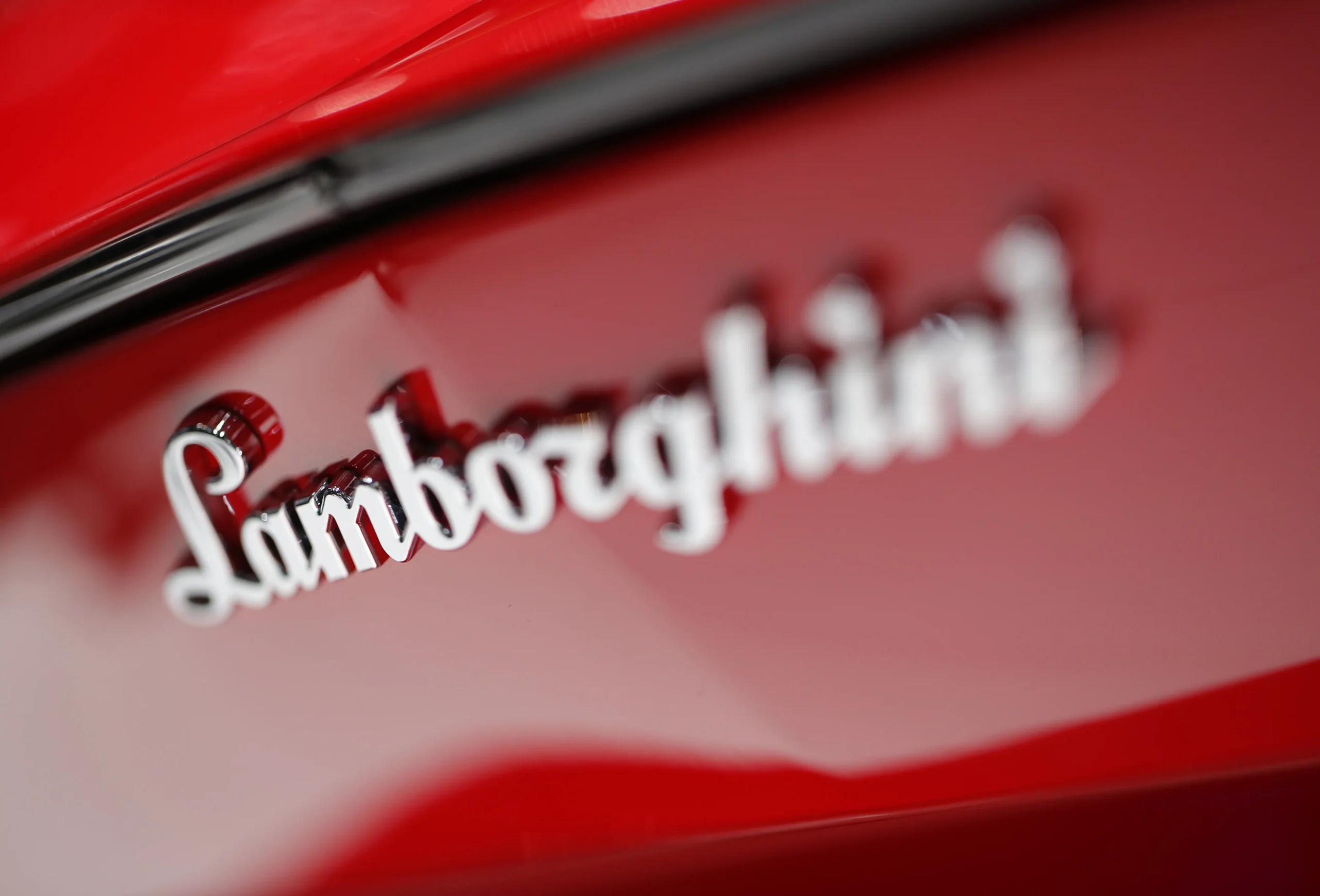In a staggering case of corruption that has shocked South Africa, criminal syndicates looted over 2 billion rand (approximately $116 million) from the Tembisa Hospital, spending the stolen public funds on a fleet of luxury cars, including multiple Lamborghinis, a Bentley, and high-end properties.
The interim report from the country’s Special Investigating Unit (SIU) reveals a “devastating plunder of the public purse,” orchestrated by at least three major syndicates working in coordination with provincial government officials and healthcare workers [citation:1][citation:3]. The funds were intended for providing healthcare to the vulnerable, representing what the SIU calls an “egregious betrayal of the nation’s trust” [citation:3][citation:7].
The Syndicates and Their Lavish Spending
The SIU investigation has identified three primary syndicates, each with a network of service providers that fraudulently secured contracts from the hospital. The illicit profits were then used to acquire trophy assets, now targeted for preservation and forfeiture [citation:3].SyndicateNotable Assets Seized/PreservedEstimated ValueMaumela Syndicate 4 Lamborghinis (Urus, Aventador SVJ, Huracan STO, Aventador Ultimate Coupe), a Bentley Continental GT, a luxury boat, multiple properties in Bantry Bay, Sandton, and Zimbali Estate [citation:3]. R520 million Mazibuko Syndicate Multiple properties in the Western Cape and Gauteng [citation:3]. R42.6 million Syndicate X Assets identified through financial flows and conduit accounts [citation:3]. R150 million
How the Looting Was Orchestrated
The syndicates and colluding officials exploited the hospital’s procurement system through several key methods [citation:3]:
- Fraudulent Procurement: Officials used a flawed three-quote system, often with falsified documents, to bypass standard tender processes.
- Order Splitting: Requirements were deliberately split into orders valued below R500,000 to avoid competitive bidding thresholds, a direct violation of the Gauteng Department of Health’s (GDOH) procurement policy.
- Collusion and Fronting: Service providers worked with officials to win contracts, often submitting separate invoices for similar amounts on the same day to conceal their collusion.
Widespread Corruption and Ongoing Actions
The scale of involvement within the hospital and the GDOH is significant. The SIU’s evidence indicates that R122 million in corrupt payments were made to officials and employees [citation:3]. To date [citation:3][citation:7]:
- The SIU has identified at least 15 current and former officials involved in corruption, money laundering, and collusion.
- 116 disciplinary referrals have been prepared against 13 officials.
- The investigation is ongoing, and the number of implicated individuals is expected to rise.
- Preservation orders for assets worth hundreds of millions of rand have already been secured.
A Fight for Accountability
Health Minister Aaron Motsoaledi has vowed that the fight against this corruption will not stop, highlighting the tragic cost of such graft. He pointed to the 2021 assassination of whistleblower Babita Deokaran, who had flagged suspicious payments, noting that the “people who killed Babita Deokaran are driving Lamborghinis” [citation:10].
SIU head Advocate Andy Mothibi emphasized that the unit is not waiting for the final report to take action, with evidence already submitted to the National Prosecuting Authority for criminal proceedings and asset recovery [citation:3][citation:10]. The full investigation is expected to be concluded by November 2027 [citation:9].

Leave a Reply